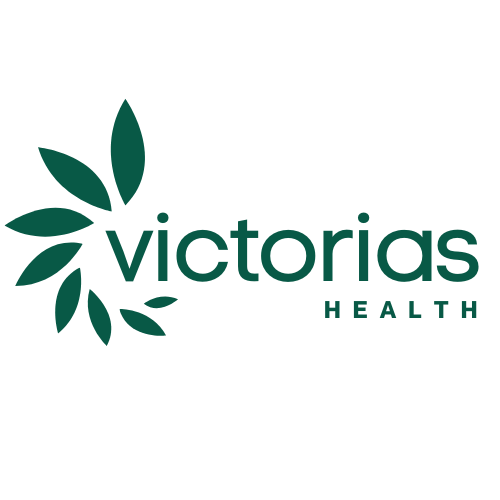Benzoyl peroxide is one of the most effective treatments for acne. It helps by killing bacteria on the skin, reducing excess oil, and clearing out clogged pores. Many people turn to this ingredient for quick and noticeable results.
It’s easy to use, works well for most skin types, and is available in different forms like cleansers and spot treatments. This makes it a reliable option for anyone dealing with acne breakouts.
| Type of Ingredient | Anti-bacterial, Keratolytic |
| Primary Use | Treats acne by killing bacteria and clearing pores |
| Common Concentrations | 2.5% – 10% |
| Available Forms | Cleansers, Gels, Spot Treatments |
| How It Works | Kills acne-causing bacteria and removes excess oil |
| Time to See Results | 8-10 weeks for full effects, but some results may show in days |
| Side Effects | Dryness, irritation, redness |
| Who Should Use It | People with mild to moderate acne |
Benefits of Using Benzoyl Peroxide for Acne
- Reduces Acne-Causing Bacteria: Benzoyl peroxide works by killing the bacteria responsible for acne, specifically Propionibacterium acnes. This helps reduce the number of bacteria on the skin, which can lessen the occurrence and severity of acne. [1]
- Unclogs Pores: It helps to clear out clogged pores by exfoliating the skin and removing dead skin cells. This can prevent new acne lesions from forming by ensuring that pores remain open and less prone to blockages.
- Decreases Inflammation: Benzoyl peroxide has anti-inflammatory properties that can help reduce redness and swelling associated with acne. This makes it effective in treating inflamed, painful acne lesions.
- Prevents Future Breakouts: By targeting the bacteria and reducing inflammation, benzoyl peroxide can help prevent future breakouts. Regular use can maintain clearer skin over time.
- Improves Skin Texture: Regular use of benzoyl peroxide can lead to smoother skin by promoting the shedding of dead skin cells and reducing the appearance of acne scars.
Common Uses and Forms of Benzoyl Peroxide
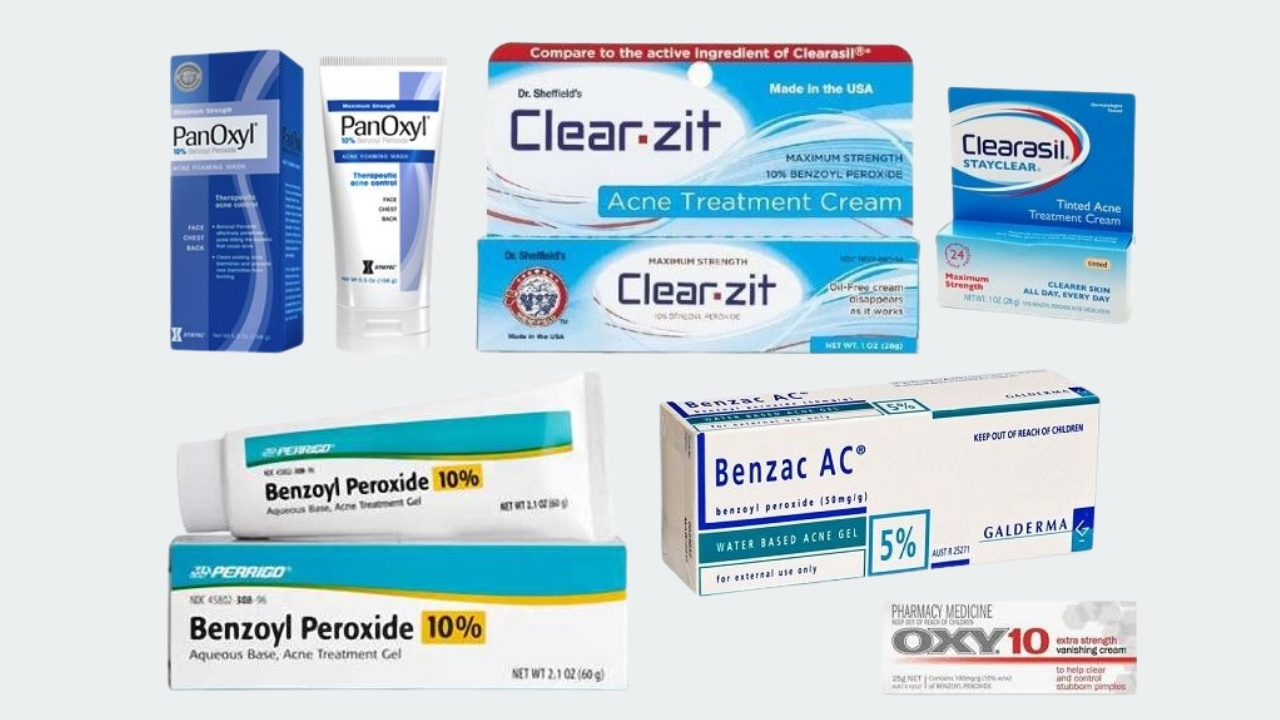
Benzoyl peroxide is a staple in acne treatment, available in various formulations to suit different needs. [2]4
- Cleansers: Benzoyl peroxide cleansers are popular for daily use and come in concentrations ranging from 2.5% to 10%. These are used as face washes to help prevent and treat acne. They are integrated into the daily skincare routine, offering a practical way to manage acne regularly.
- Gels: Gels containing benzoyl peroxide are effective for spot treatment. They are applied directly to the affected areas, targeting specific pimples. This method allows for a focused treatment of bacteria and inflammation right at the source of the breakout.
- Lotions and Creams: These are formulated for those with dry or sensitive skin. They typically contain lower concentrations (around 2.5%) to minimize irritation while still providing effective acne treatment. In addition to treating acne, they offer some level of hydration to the skin.
- Foams: Foaming products are designed for treating larger areas, such as back or chest acne. They often come in concentrations up to 5%, making them suitable for more extensive coverage.
- Spot Treatments: These treatments contain higher concentrations of benzoyl peroxide, up to 10%, and are used for targeted application on individual pimples. They provide a more intense treatment for quick relief from severe breakouts.
Side Effects and Precautions
While benzoyl peroxide is effective for treating acne, it can cause side effects in some users. [3]
It’s important to be aware of these potential issues and take necessary precautions:
1. Skin Irritation
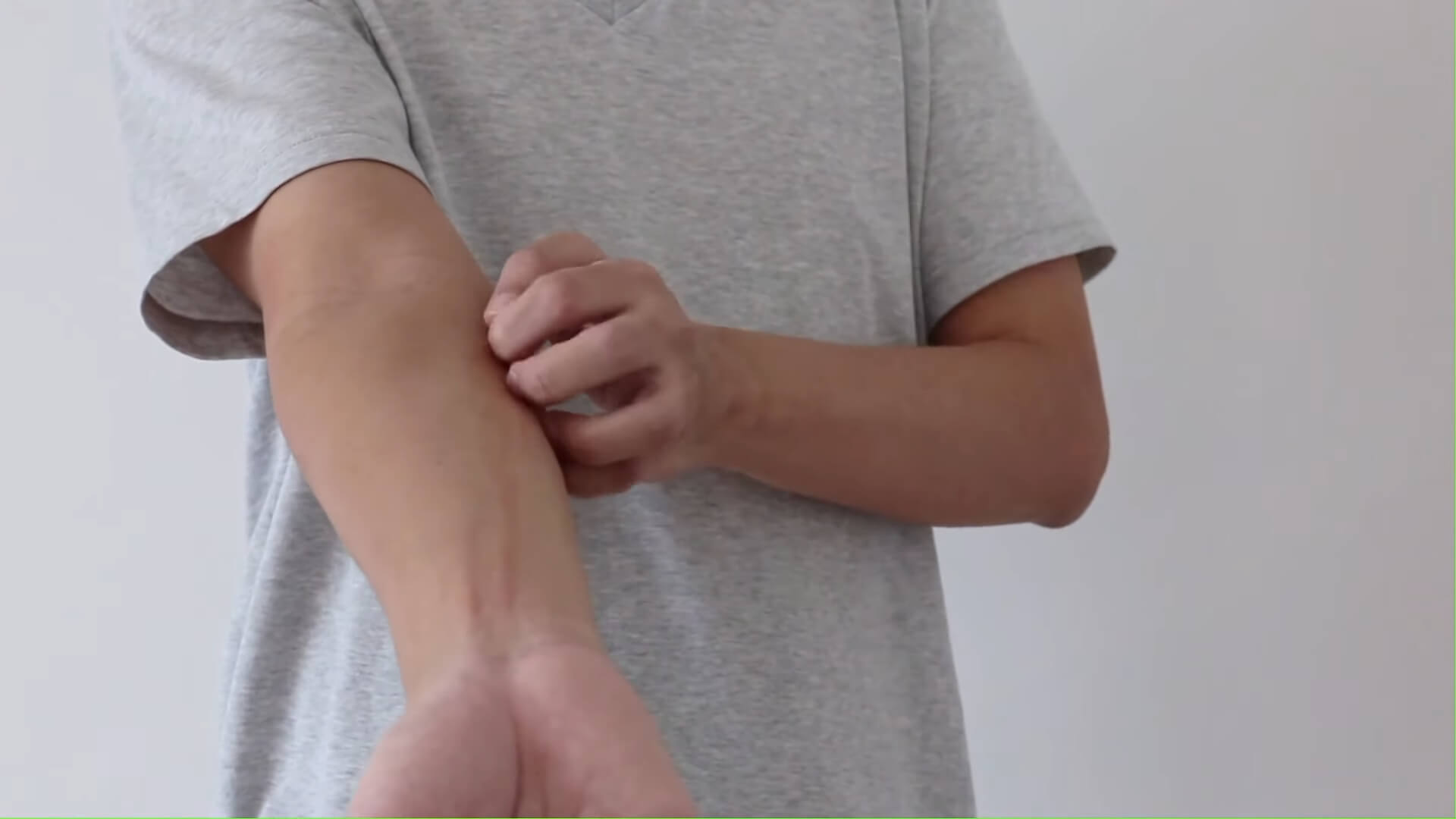
Benzoyl peroxide can cause skin irritation, such as redness, dryness, and peeling. This is a common reaction, especially when first starting treatment. According to the American Academy of Dermatology (AAD), these side effects are generally mild and tend to decrease as the skin acclimates to the medication.
- Begin with a lower concentration (2.5%) and gradually increase if tolerated.
- Apply a gentle, non-comedogenic moisturizer to maintain skin hydration.
- Avoid using other potent acne treatments concurrently, as they can exacerbate irritation.
2. Allergic Reactions
Though rare, allergic reactions to benzoyl peroxide can occur. Symptoms might include itching, swelling, and severe redness. A study published in the Journal of the American Academy of Dermatology notes that true allergic reactions are uncommon but can happen.
- Discontinue use immediately.
- Consult a healthcare provider for alternative treatments.
3. Photosensitivity
Benzoyl peroxide increases the skin’s sensitivity to sunlight, raising the risk of sunburn and pigmentation changes. The AAD recommends using a broad-spectrum sunscreen with an SPF of at least 30 to protect the skin.
- Wear protective clothing and avoid direct sun exposure during peak hours.
- Consider using benzoyl peroxide products at night to minimize sun exposure risks.
4. Bleaching
Benzoyl peroxide is known to bleach fabrics, hair, and other materials. This is a well-documented issue with the product.
- Be cautious when applying benzoyl peroxide near clothing or linens.
- Wash your hands thoroughly after application.
5. Dryness and Peeling
Prolonged use of benzoyl peroxide can lead to excessive dryness and peeling of the skin. The British Journal of Dermatology highlights that this effect can be managed with proper skincare.
- Use a hydrating, fragrance-free moisturizer to combat dryness.
- Apply benzoyl peroxide sparingly and only to affected areas.
6. Interaction with Other Products
Combining benzoyl peroxide with other acne treatments, like retinoids or salicylic acid, can intensify irritation. The AAD advises against simultaneous use of multiple active ingredients unless directed by a dermatologist.
- Use benzoyl peroxide as a standalone treatment or consult with a dermatologist for a tailored regimen.
Recommended Concentrations and Application Methods
When using benzoyl peroxide for acne treatment, choosing the appropriate concentration and application method is crucial for effectiveness and minimizing side effects. Benzoyl peroxide comes in various strengths, and the best option depends on your skin type, acne severity, and how your skin reacts to the treatment. [4]
Concentrations
1. Low Concentrations (2.5% – 5%)
For many users, starting with a lower concentration of benzoyl peroxide (2.5% or 5%) is often recommended. Research published in Clinical Dermatology shows that lower concentrations can be as effective as higher ones for many people, with fewer side effects. This strength is typically used in daily cleansers and lotions, making it suitable for individuals with sensitive or dry skin.
2. Moderate Concentrations (5% – 10%)
Moderate concentrations, like 5% and 10%, are often found in spot treatments and some gels. These strengths are effective for more severe acne or when lower concentrations do not yield satisfactory results. According to the Journal of Dermatological Treatment, higher concentrations can provide more intensive treatment but may increase the risk of irritation and dryness.
Application Methods
1. Cleansers
Benzoyl peroxide cleansers, which typically come in concentrations of 2.5% to 10%, are used as part of a daily skincare routine. They help to clear acne-causing bacteria from the skin’s surface.
- Apply a small amount to damp skin.
- Gently massage in circular motions.
- Rinse thoroughly with lukewarm water.
2. Gels
Gels are often used for targeted treatment of individual pimples. These products generally have higher concentrations, up to 10%, and are applied directly to the affected areas.
- Cleanse the skin and let it dry.
- Apply a thin layer of gel to the acne lesions.
- Avoid over-applying, as this can increase irritation.
3. Lotions and Creams
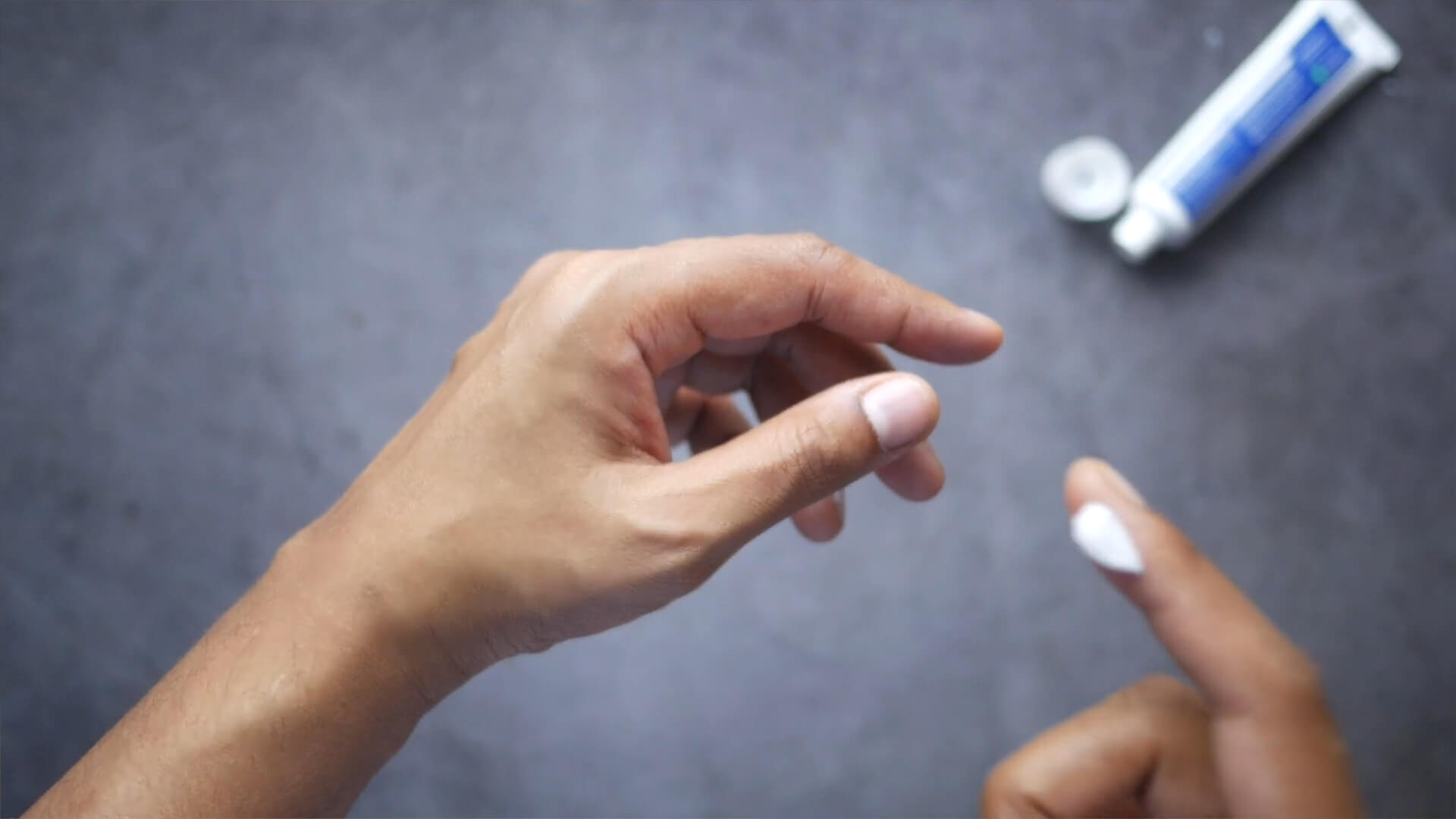
Benzoyl peroxide lotions and creams are better suited for individuals with dry or sensitive skin. They usually contain lower concentrations and provide added hydration.
- Apply a small amount to clean, dry skin.
- Gently rub in until absorbed.
- Use twice daily or as directed by a healthcare provider.
4. Foams
Foaming benzoyl peroxide products are ideal for treating larger areas like the back or chest. They offer a convenient application method for extensive coverage.
- Dispense the foam onto clean, damp skin.
- Spread evenly over the affected area.
- Rinse thoroughly if the product is not intended for leave-on use.
How Long Does It Take to See Results?
Understanding how long it takes to see results from benzoyl peroxide can help manage expectations and optimize treatment. The timeframe for noticeable improvements varies depending on several factors, including the severity of acne, concentration of benzoyl peroxide, and individual skin response.
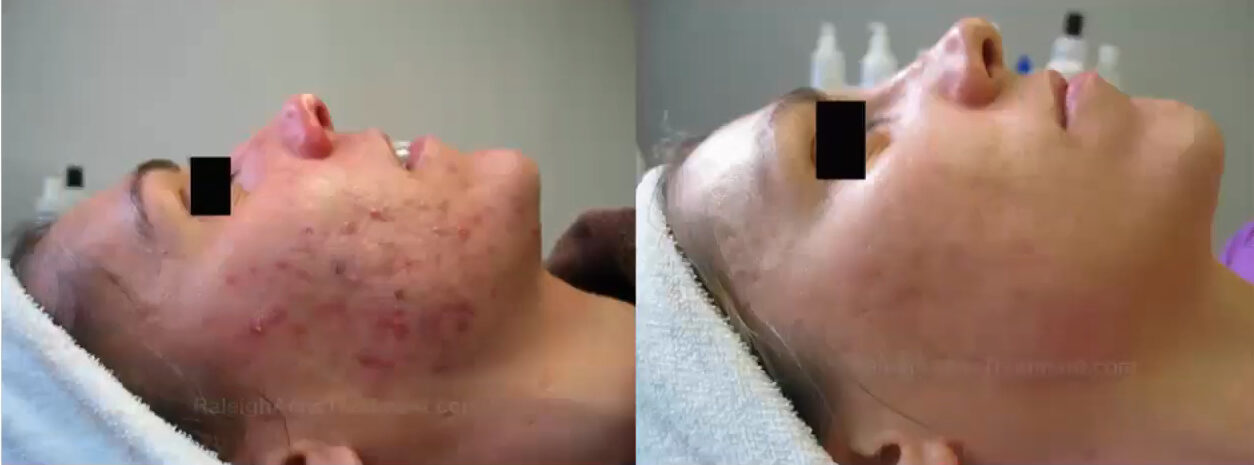
Initial Improvements
1. Early Changes (1-2 Weeks)
In the first 1-2 weeks of using benzoyl peroxide, users may begin to notice a reduction in inflammation and some improvement in existing acne lesions. A study in Dermatologic Therapy suggests that early changes include reduced redness and swelling, though new breakouts may still occur as the skin adjusts.
2. Moderate Results (4-6 Weeks)
Significant improvements are generally observed within 4-6 weeks of consistent use. During this period, users often see a reduction in the number and severity of acne lesions. According to the Journal of Clinical and Aesthetic Dermatology, this timeframe is when benzoyl peroxide starts to show its full effectiveness, particularly in reducing acne-causing bacteria and unclogging pores.
3. Long-Term Results (8-12 Weeks)
For many, optimal results are achieved after 8-12 weeks of regular use. By this time, the skin typically shows a marked improvement in clarity and reduction in acne outbreaks. The British Journal of Dermatology notes that long-term use helps maintain clearer skin and prevent future breakouts, making it an effective long-term solution for many users.
Factors Affecting Results
1. Skin Type and Sensitivity
Individual skin type plays a crucial role in how quickly benzoyl peroxide works. Sensitive skin may take longer to adjust, and users with very dry or sensitive skin might experience more gradual improvements.
2. Acne Severity
The severity of acne can affect how quickly results are seen. Mild to moderate acne may show improvement more rapidly compared to severe acne, which might require additional time or combined treatments.
3. Consistency of Use
Consistency is key in acne treatment. Regular application as directed is essential for achieving the best results. Inconsistent use can delay the onset of visible improvements.
Alternatives to Benzoyl Peroxide
While benzoyl peroxide is a popular and effective acne treatment, several alternative options are available for those who may experience side effects or prefer different approaches. Each alternative has its own benefits and considerations:
1. Salicylic Acid
- Effectiveness: Salicylic acid is a beta-hydroxy acid (BHA) that helps exfoliate the skin, unclog pores, and reduce acne. It is particularly effective for treating blackheads and whiteheads. According to the Journal of Clinical and Aesthetic Dermatology, salicylic acid can be a good alternative for those who experience irritation from benzoyl peroxide.
- Usage: It is available in various forms, including cleansers, toners, and spot treatments. Salicylic acid concentrations typically range from 0.5% to 2%.
2. Retinoids
- Effectiveness: Topical retinoids, such as tretinoin, adapalene, and tazarotene, are derivatives of vitamin A that help promote cell turnover and prevent clogged pores. They are effective for both treating existing acne and preventing new breakouts. The American Academy of Dermatology highlights their efficacy in treating moderate to severe acne.
- Usage: Retinoids are usually applied as creams or gels and are often used in the evening. They can be combined with other treatments for enhanced effectiveness.
3. Alpha Hydroxy Acids (AHAs)
- Effectiveness: AHAs, such as glycolic acid and lactic acid, exfoliate the skin’s surface, helping to improve skin texture and reduce the appearance of acne scars. Research in Dermatologic Surgery suggests that AHAs can also help in preventing new acne by keeping pores clear.
- Usage: AHAs are found in various skincare products, including cleansers, toners, and masks. They are typically used once or twice a week.
4. Sulfur
- Effectiveness: Sulfur helps absorb excess oil and has antibacterial properties that can aid in acne treatment. It is especially useful for treating oily and acne-prone skin. According to the British Journal of Dermatology, sulfur can be an effective alternative for those with sensitive skin.
- Usage: Sulfur is commonly found in masks, spot treatments, and cleansers. It can be used alone or in combination with other acne treatments.
5. Tea Tree Oil
- Effectiveness: Tea tree oil has natural antibacterial and anti-inflammatory properties that can help reduce acne. A study published in The Medical Journal of Australia found that tea tree oil can be as effective as benzoyl peroxide for some users, with fewer side effects.
- Usage: Tea tree oil is typically used in diluted form as a topical treatment. It is available in various products, including gels and oils.
6. Oral Medications
- Effectiveness: For severe acne, oral medications such as antibiotics (e.g., doxycycline) or hormonal treatments (e.g., birth control pills for women) may be prescribed. These treatments address acne from within and can be effective when topical treatments are insufficient.
- Usage: Oral medications should be used under the guidance of a healthcare provider, as they can have systemic effects and potential side effects.
FAQs
Conclusion
Benzoyl peroxide is a highly effective treatment for acne, with its ability to reduce bacteria, unclog pores, and decrease inflammation. It comes in various forms and concentrations, allowing for flexibility in treating different skin types and acne severities. While most users find it beneficial, some may experience side effects like dryness or irritation.
References
- Kawashima M, Nagare T, Doi M. Clinical efficacy and safety of benzoyl peroxide for acne vulgaris: Comparison between Japanese and Western patients. J Dermatol. 2017 Nov;44(11):1212-1218. doi: 10.1111/1346-8138.13996. Epub 2017 Aug 9. PMID: 28791735; PMCID: PMC5697687.
- Kucera K, Zenzola N, Hudspeth A, Dubnicka M, Hinz W, Bunick CG, Dabestani A, Light DY. Benzoyl Peroxide Drug Products Form Benzene. Environ Health Perspect. 2024 Mar;132(3):37702. doi: 10.1289/EHP13984. Epub 2024 Mar 14. PMID: 38483533; PMCID: PMC10939128.
- verywellhealth.com | Benzoyl Peroxide Side Effects; By Angela Palmer
- Joseph Genebriera, Mark Davis, CHAPTER 70 – ACNE,Editor(s): Scott A. Waldman, Andre Terzic, Laurence J. Egan, Jean-Luc Elghozi, Arshad Jahangir, Garvan C. Kane, Walter K. Kraft, Lionel D. Lewis, Jason D. Morrow, Leonid V. Zingman, Darrell R. Abernethy, Arthur J. Atkinson, Neal L. Benowitz, D. Craig Brater, Jean Gray, Peter K. Honig, Gregory L. Kearns, Barbara A. Levey, Stephen P. Spielberg, Richard Weinshilboum, Raymond L. Woosley, Pharmacology and Therapeutics, W.B. Saunders, 2009, Pages 973-981, ISBN 9781416032915,
